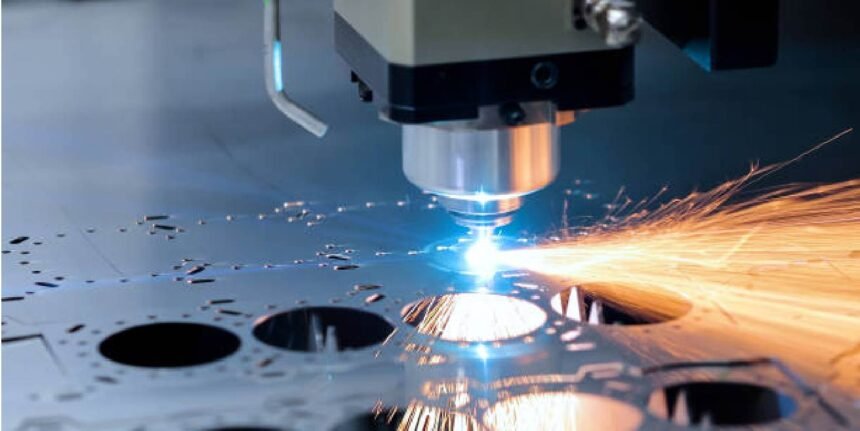Sheet metals are popular in construction, automotive, electronic, and manufacturing sectors. One should be able to cut the sheet metal to be able to mold or size it. Because of the thickness and the intended shape, together with the material, there are numerous planned tools and techniques utilized to cut sheet metal.
This article describes the most typical sheet metal cutting equipment and procedures employed in workshops and factories.
What is the essence of Sheet Metal Cutting?
The initial action in most metalworking processes comprises cutting. Bendability and jointing/welding of the sheet are easier when clean and accurate cuts are made. A bad cut may cause wastage, unrefined edges, or failed final products.
Therefore, the selection of a tool and technique should be very important.
Two Main Cutting Methods
Sheet metal can be cut in 2 of the simplest methods:
- Shearing (Mechanical cutting) -Cuts through by using blades or force.
- Non-shearing: (Thermal or beam cutting) – Heat, lasers, or jets used
Both methods possess their own tools and advantages. learn more by following the official link of the website.
Popular Sheet Metal Hand Tools
Hand tools are usually applied in small jobs or thin sheets.
1. Tin Snips (Aviation Snips)
They resemble scissors and are utilized in chopping off thin metal sheets. They are three in type:
- Straight-cut snips
- Red-handled snips (left-cut snips
- Right-cut snips (green handle)
These suit steel or aluminum sheets, including those that are thin.
2. Hacksaw
A hacksaw uses a fine blade and replaces human power with a manual way of cutting thin metal. It is deliberate, but accurate.
3. Nibbler
A nibbler beats out to punch little pieces of metal. It cuts in curved lines and creates a good tool to make holes or designs.
Benefits of Manual Tools
- Low cost
- Portable
- User friendly
- This is suitable for thin materials.
- Ideal for DIY or fixing up work
They are, however, slow and not intended to produce heavy production.
Faster Cutting Power Tools
On larger jobs, or metal that is larger in thickness, power tools are preferred since they save time and produce better impressions.
1. Angle Grinder
A rotating disc cuts through metal in a very short time. It is amazing at producing straight cuts, but it produces rough edges.
2. Electric Shears
These are powered, and they use blades to smoothly cut the sheets easily. They operate as scissors, only quicker.
3. Jigsaw Metal Blade
A Jigsaw travels back and forth and has cutting ability in curves. It slices through sheet metal when using the proper blade.
Cutting machine in industry.
Machines are also used in cutting large volumes of thick metals in factories and workshops.
1. Machine Hydraulic Shear
Cuts thick sheets in a straight line with the use of force and blades. It is quick, and it is applied in fabrication shops.
2. Laser Cutter
Heats or evaporates the metal with the help of a concentrated laser. Has very thin slices and is ideal for complicated shapes.
3. Plasma Cutter
Plasma cuts metal with a rapid stream of hot oxidized gas (plasma). It is quick and applies to mild steel, stainless steel, and aluminum.
High-Precision Sheet Metal Fabrication Manufacturer in China provides you with the most appropriate cutter for your metal sheet.
Considerations to Make when Selecting a Cutting Method
- Type of Material- Certain metals have to be tooled with special equipment.
- Sheet Thickness- The thicker the sheet, the more heavy duty tools are required
- Speed of the Cutting- The power machines and tools are quick.r
- Precision Level- Laser and waterjet are very precise
- Budget- simple tools are less expensive than the machines.
- Volume of Workload -Use of hand tools on small work, machines on large-scale production.
Conclusion:
Look, chopping up sheet metal isn’t just another step. It’s kinda the big moment in a bunch of projects. Whether you’re rocking some old-school hand snips or you’ve got lasers, picking the right tool changes the game—speed, accuracy, all that stuff. If you know what you’re doing with the gear, you’ll save yourself headaches and end up with results that match your expectations. Doesn’t matter if you’re a weekend tinkerer or running a full-on shop, getting the cut right pretty much decides if you win or wipe out.







